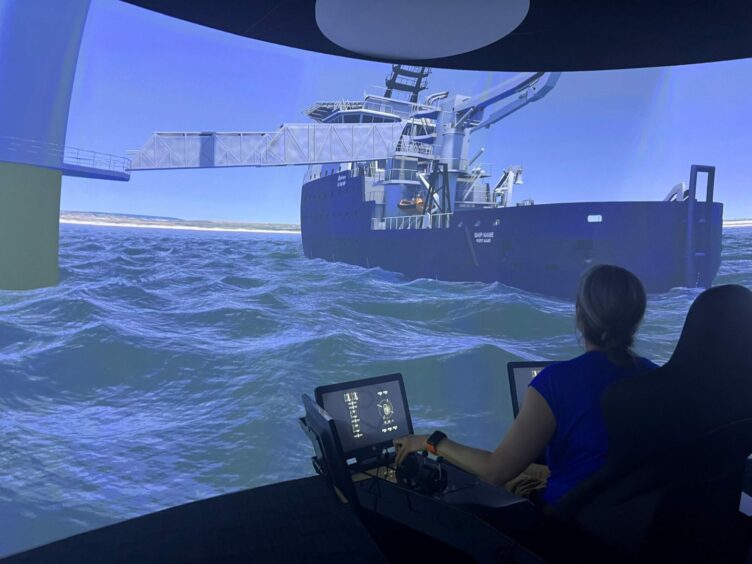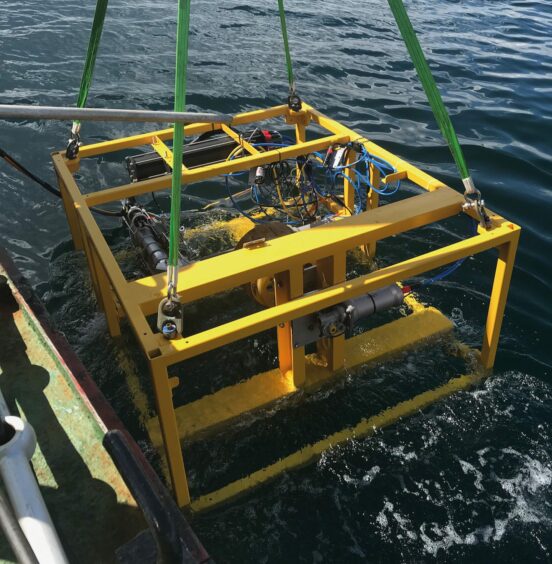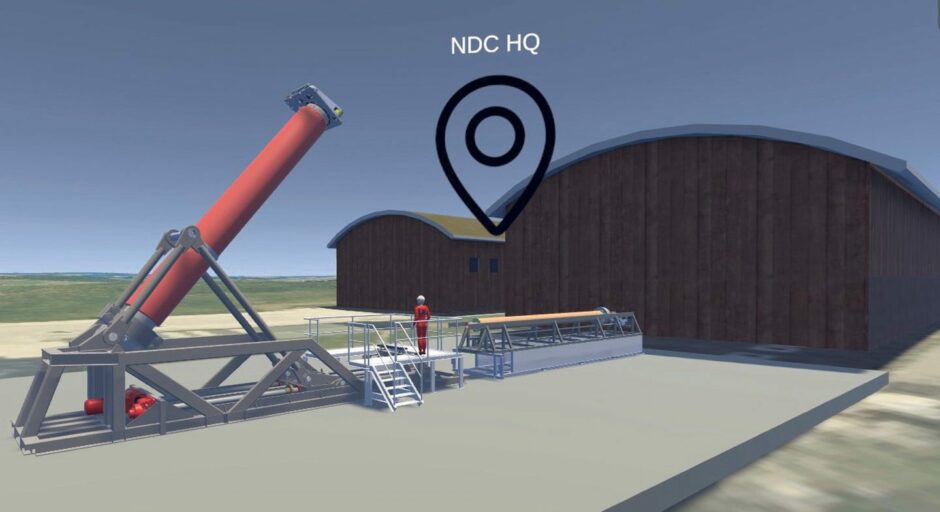
The National Decommissioning Centre (NDC) has built an impressive reputation for its research and development supporting the complex energy sector since its launch in 2019. We sat down with the NDC’s director, Professor Richard Neilson, to find out what makes him proud.
-
Some Energy Voice online content is funded by outside parties. The revenue from this helps to sustain our independent news gathering. You will always know if you are reading paid-for material as it will be clearly labelled as “Partnership” on the site and on social media channels,
This can take two different forms.
“Presented by”
This means the content has been paid for and produced by the named advertiser.“In partnership with”
This means the content has been paid for and approved by the named advertiser but written and edited by our own commercial content team.
What makes the NDC unique?
At the NDC we are well equipped to address the challenges around decision-making to enable the move toward net zero emissions while balancing the needs of all the stakeholders. With our research and development firmly focused on supporting our industry partners, we have developed several technology solutions. We have the facilities to trial these, such as our marine simulator, access to a high-power computing cluster and our workshop which houses a laser cutting project, hyperbaric testing vessel, immersion tank and large capacity environmental chambers.
What are the big projects?
The NDC is playing a pivotal role in a collaborative project to develop a Smart Energy Basin for the UKCS. This will provide a suite of decision support tools to map out stakeholders’ interactions, visualising their many challenges and identifying better ways of working together. As the North Sea is one of the world’s most developed basins, it is very crowded and we can use the simulator and the other tools we are developing to help stakeholders look at the basin in a more collaborative way – ultimately starting the conversations that need to happen between the people who need to be involved.
Alongside this, we have several technology developments in place including our work with Claxton on the underwater laser cutting project, an innovative technology which will bring cost efficiencies as well as environmental benefits to the decommissioning sector, and a well barrier qualification chamber which will be able to trial novel materials for the plugging of oil and gas wells.
Other major projects include our long-term partnership with Chevron around the environmental side of decommissioning, our partnership with the Nuclear Decommissioning Authority focused on areas of common interest to the nuclear and oil and gas sectors and a growing portfolio of projects to develop offshore wind energy technology.
You’ve highlighted that one of the NDC’s major facilities is its simulator. What makes it special?
One simple way to describe it is that it’s like a large gaming platform. It has a walk-in dome with a 9m diameter screen system, four control chairs providing real-time, real-physics simulations, data modelling and data visualisation, separate control room with three interactive stations and an impressive library of marine assets with the ability to develop new models.
Why is this important for decision-making?
The simulator allows for the virtual trialling of specific technologies and innovations in real-time under different environmental conditions. It provides a space to optimise and analyse operations before deployment without the financial or emissions risks associated with trials in open water. It also has the capability to present data sets, giving us a powerful tool for stakeholder engagement.
Can you give examples of how the simulator has solved problems offshore?
We have successfully helped a company with a novel mooring system to identify and rectify potential problems before deployment. Other examples include construction and testing of decommissioning scenarios, modelling of offshore wind mooring systems and assessment of novel wind turbine substructure designs.
Why should we work with you?
I’m very proud to say we have a fantastic team which includes world-renowned academics and researchers including experts in modelling and simulation. Combining that with our wide stakeholder engagement, state-of-the-art facilities and industry expertise, it might be better to ask ‘why aren’t you working with us?’
Visit the NDC at Stand 1S40 at OE23. The simulator is funded by the Aberdeen City Region Deal through the Net Zero Technology Centre and the Scottish Government’s Decommissioning Challenge Fund. For more information, visit the NDC website.
Recommended for you


